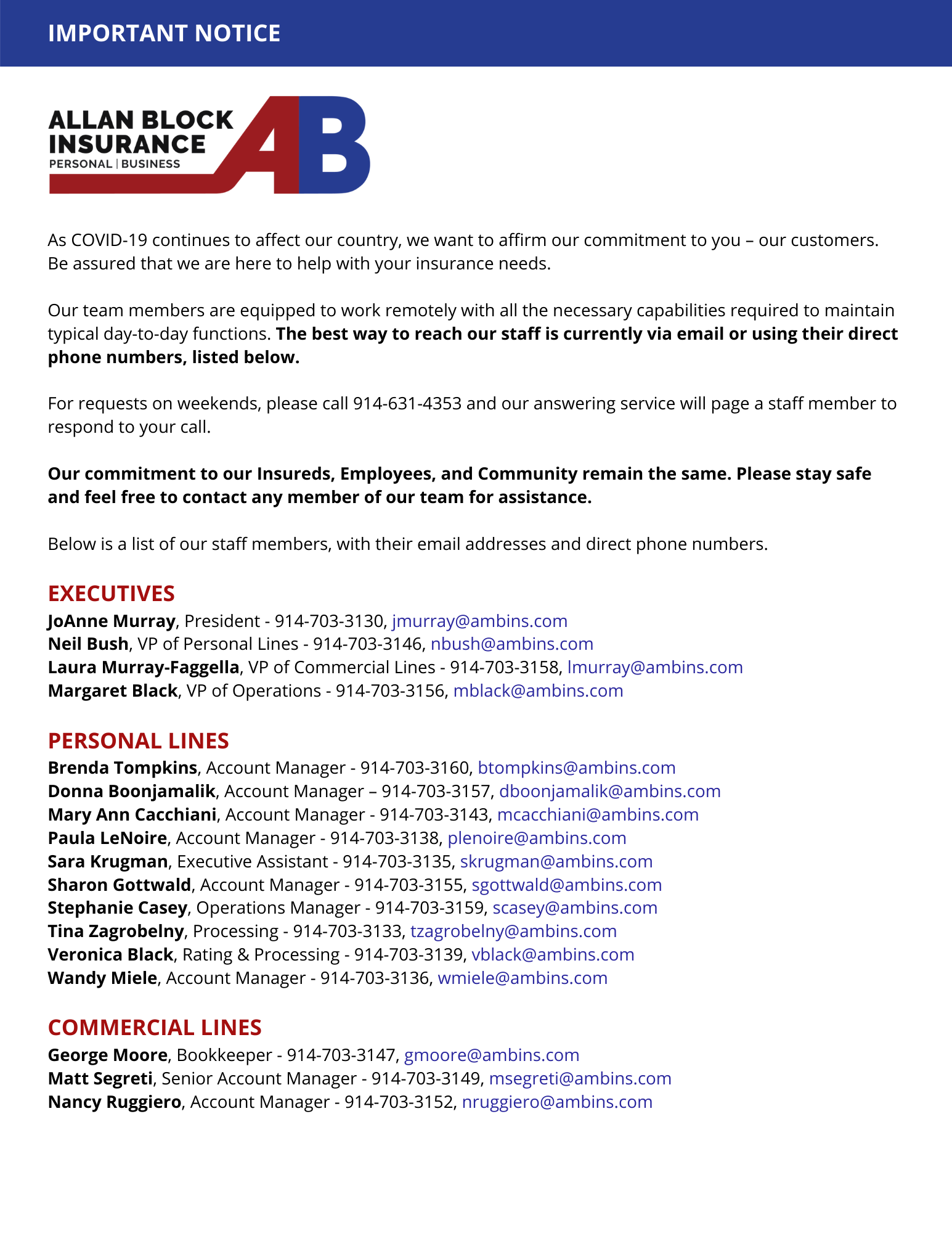As the stockings are finally hung by the chimney with care, and the eggnog is in the fridge getting cold, I think it’s time we took a step back and looked at where we’ve come this year, and where we are going – maybe. Maybe just one guy’s educated opinion. Who knows?
2023 has brought more instability and uncertainty to the insurance industry than any year since those immediately following the financial crisis of 2008. Anyone working in the industry at the small business or personal level likely saw refinance after refinance after refinance, until some of their customers simply bottomed out, homes sold in favor of rentals or co-ops, lots of plate receipts (if you’re not from around here, in NY we basically rent our plates from the state, and need to prove we gave them back in order to cancel our insurance).
Just like the financial crisis, Covid-19 brought great upheaval to all corners of our lives. Last year we thought we were done dealing with the social aspects of the pandemic, but in 2023 the dust has truly settled, and when normalcy returns, the accounting begins…
Supply chain issues and scarcity driving up the cost of building materials and vehicle parts, has given way to inflation, as the bills for all of the government spending have come due – while new commitments abroad also rear their heads. But how does this affect my home insurance in a small town in NY? Don’t worry, we’ll get there.
Chances are, your insurance company has a bit more people under contract than they could afford to pay for all at once. This isn’t a bad thing – the odds are highly unlikely they’d ever have, say, 250,000 people have a house fire on the same day. However, in the event of a widespread catastrophic event like a major hurricane, your carrier has their own insurance from a company called a Re-insurer.
Think of it like having a rich uncle in business, who agrees to back you if you decide to take chances and things don’t work out. Well, 2023 was the year your uncle saw his buying power decreased (inflation), his staff decreased (employees trying to keep pace with inflation), and his costs go up for everything from paper clips to electricity. Now instead of telling you to take a chance, he’s telling you to reduce expenses and exposures, and to be certain that you have enough cash on hand to pay out as costs continue to increase.
This is what we’ve seen across almost all carriers in the industry. Rising rates, increasing restrictions, shrinking appetites, and conditional renewals carving out coverage. An unforeseen and unfortunate consequence of inflation is that while business owners are technically making more money – that money is not only worth less due to inflation but ALSO results in a price increase at the time of a sales revenue audit. Just as the payroll loans during Covid led to some unforgiving audits in Workers Compensation, almost any policy rated on sales saw an increase in 2023.
So where do we go from here? What’s the outlook for the next twelve months? In my opinion, I’d expect these trends to continue until at the very least the end of the summer but probably until after the presidential election in November. Insurance is a field that craves stability, and certainty (or as close to it as one can possibly get.
While we can’t do much about international instability, back here at home, knowing a bit of what to expect based on the election results (or even the primaries) might help carriers feel a little more confident in how to plan for their futures. Hopefully at least enough to pump the brakes on these increasing rates and widespread risk aversion.
What’s the plan for the individual? Firstly, it’s definitely time for the policy review you’ve been putting off. Your home or building and/or the stuff inside of it isn’t worth what it was last year – sometimes your carrier adjusts coverage for this, sometimes they don’t. Secondly, I’ve always advised clients to carry as much coverage as they can comfortably afford – has your comfort level changed? Much like your smoke detector only works if it has power, your policy only works if you can afford to pay for it. This isn’t just a case of cheaper is better, it’s also an examination of what you’re getting for your money (for example, other coverages packaged in by the carrier.)
Finally, if there’s another coverage or policy that you’ve been thinking of adding on, do it now. It’s more difficult for a carrier to remove something you’re already signed up for and are renewing than it is for them to just stop writing new coverage.
A few years ago, it was things like Cyber or EPLI that became harder to get; now, depending on the type of work you do or even where you’re located, even a simple Umbrella might prove difficult or impossible. When you do find this coverage, carriers are often asking for more assurances and adding more exclusions, so the time to add on is now. Your agent or account manager will be waiting for your call.
Wishing all of you a happy, healthy, and wonderful 2024, and thank you as always for sharing this road with me.



